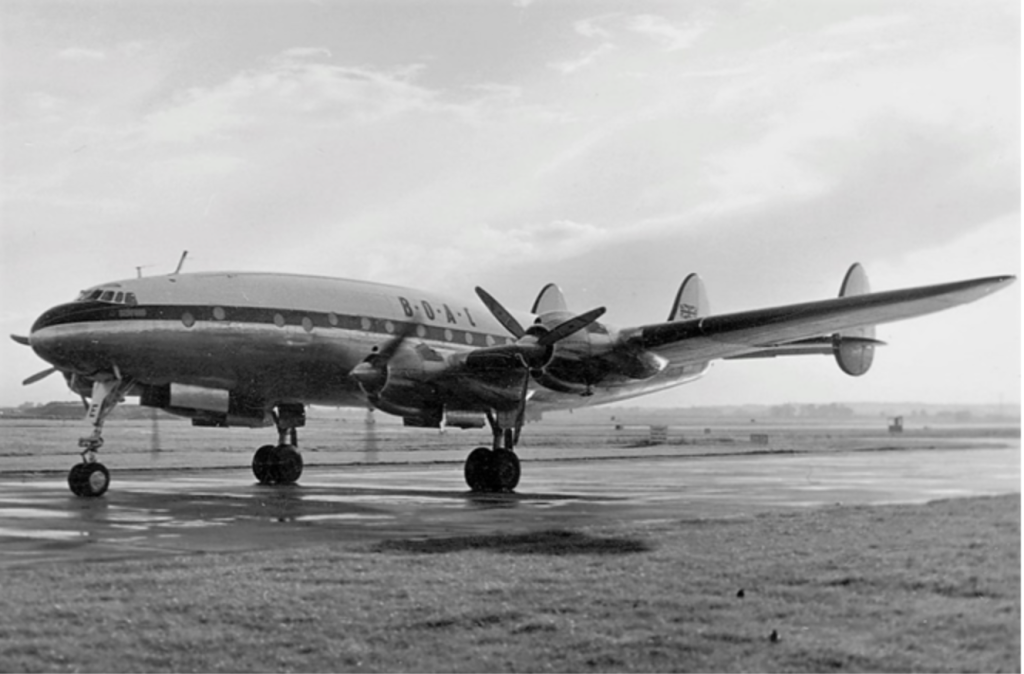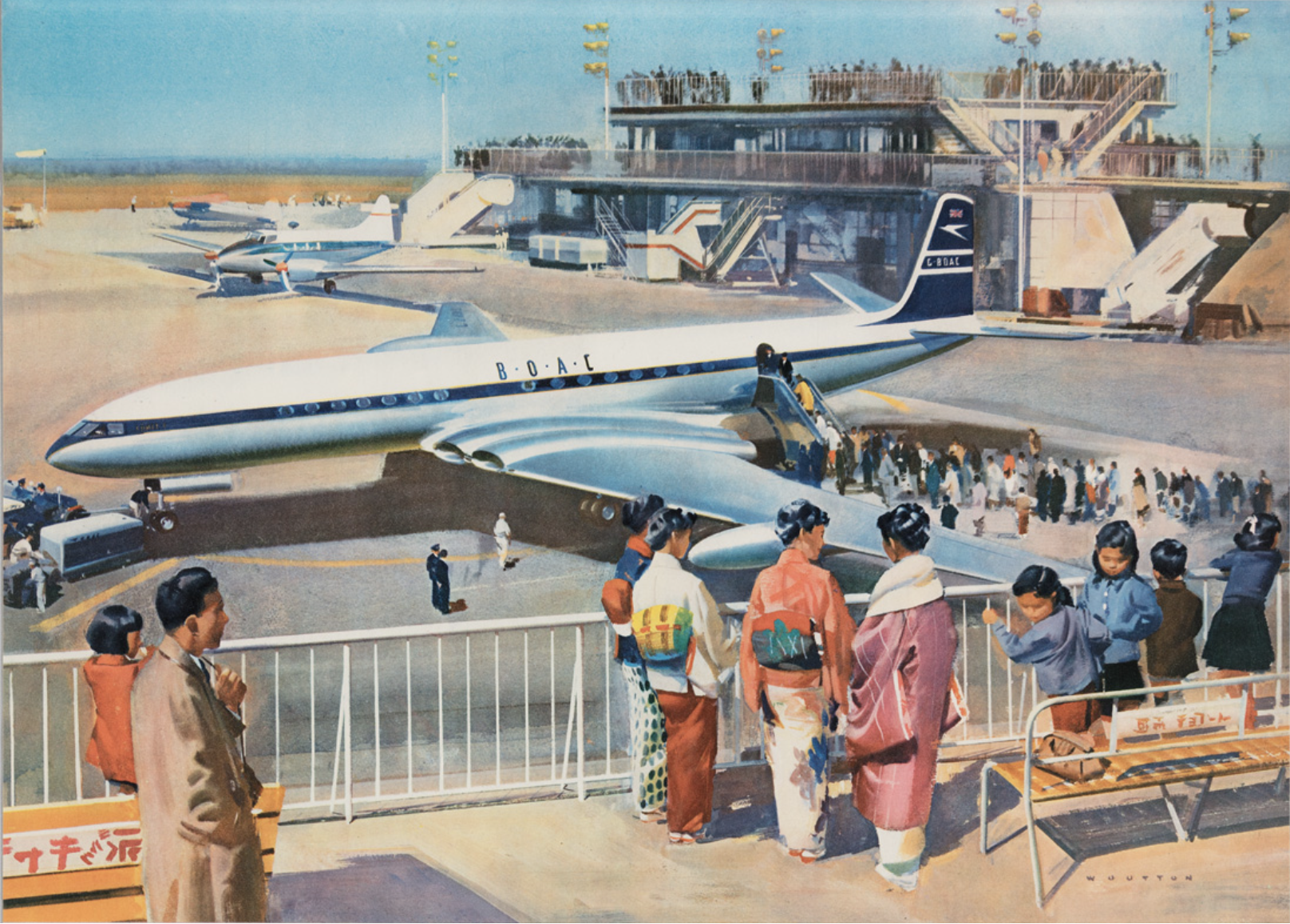In the 1960s, long-haul air travel symbolized speed, progress, and a glamorous new lifestyle. A journey from New York to Tokyo took around 22 hours, including stopovers for refueling. While that may seem long today, back then it was a remarkable feat of engineering and ambition.
The Jet Age Takes Off
After World War II, aviation entered a golden era. In 1958, Pan American World Airways launched regular transpacific jet service using the Boeing 707—the world’s first commercially successful jetliner. With cruising speeds of nearly 600 mph (965 km/h) and a capacity of over 150 passengers, the 707 made international travel faster and more accessible than ever before.
The New York to Tokyo route usually included a stop in Anchorage, Alaska or Honolulu, Hawaii, for refueling and crew changes. The total travel time, including stopovers, was about 22 hours. Before the jet age, such a trip could take several days and involve ships, multiple flights, or even train rides.
Elegance in the Sky
Flying in the 1960s wasn’t just a way to get from point A to B—it was a social event. Passengers dressed in formal attire: men in suits and ties, women in dresses and heels. In-flight service included multi-course meals, fine wine, cocktails, and, quite commonly, cigarette smoke filling the cabin.
Aircraft interiors were more spacious, and seats offered more legroom than today. Although flights were longer, travelers appreciated the comfort, service, and exclusivity. Flying was expensive—tickets from New York to Tokyo could cost the equivalent of several thousand dollars today—so most passengers were business travelers, diplomats, or affluent tourists.

Challenges of Early Jet Travel
Despite the excitement, flying in the 1960s came with its risks. Navigation technology and communications were far less advanced than today, and turbulence was a frequent companion. Jet engines were louder and less fuel-efficient, and maintenance standards varied between airlines and countries. Still, the thrill of international travel outweighed the inconveniences for many.
A Romantic Era of Aviation
The 1960s marked the height of the “Jet Age”—a time when flying was synonymous with glamour, discovery, and modernity. A flight from New York to Tokyo was more than a trip; it represented the shrinking of the world and a new era of global connectivity. It brought East and West closer together, fueling business, cultural exchange, and tourism.
Today, non-stop flights can cover the same route in under 14 hours. Yet, the charm of the 1960s—immortalized in posters, photographs, and films—continues to capture the imagination of travelers and aviation enthusiasts alike.

